Physiotherapy Exercise in Vertigo
Table of Contents
Vertigo Overview:
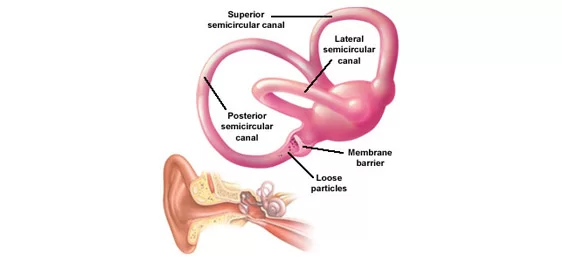
Vertigo is a medical condition where a person feels as if they or the objects around them are moving when they are not. Often it feels like a spinning or swaying movement. This may be associated with nausea, vomiting, sweating, or difficulty walking. It is worsened when the head is moved. Actually, vertigo is the most common type of dizziness.
Causes:
The most common diseases that result in vertigo are benign paroxysmal positional vertigo (BPPV), Ménière’s disease, and labyrinthitis. Less common causes include stroke, brain tumors, brain injury, multiple sclerosis, migraines, trauma, and uneven pressures between the middle ears. Physiologic vertigo may occur following being exposed to motion for a prolonged period such as when on a ship or simply following spinning with the eyes closed. Other causes may include toxin exposures such as to carbon monoxide, alcohol, or aspirin. The episodes of vertigo should last less than one minute.
Dizziness affects approximately 20–40% of people at some point in time, while about 7.5–10% have vertigo. It becomes more common with age and affects women two to three to more often than men.
Classification:
Vertigo is mainly classified into two that is peripheral or central, depending on the location of the dysfunction of the vestibular pathway. Vertigo can also be classified into objective, subjective, and pseudovertigo.
Objective vertigo describes when the person has the sensation that stationary objects are moving. Subjective vertigo refers to when the person feels as if they are moving. The third type is known as pseudovertigo, an intensive sensation of rotation inside the person’s head.
- Peripheral
Vertigo that is caused by problems with the inner ear or vestibular system(composed of the semicircular canals, the vestibule, and the vestibular nerve is called “peripheral”, “otologic” or “vestibular” vertigo. The most common cause is Benign paroxysmal positional vertigo (BPPV), which accounts for 32% of all peripheral vertigo. People with peripheral vertigo typically present with mild to moderate imbalance, nausea, vomiting, hearing loss, tinnitus, fullness, and pain in the ear.
2. Central
Vertigo that arises from injury to the balance centers of the central nervous system (CNS), often from a lesion in the brainstem or cerebellum, is called “central” vertigo. Central vertigo may have accompanying neurologic deficits (such as slurred speech and double vision), and pathologic nystagmus (which is pure vertical/torsional).
Commonly it can cause disequilibrium which is the sensation of being off balance. The balance disorder associated with central lesions causing vertigo is often so severe that many patients are unable to stand or walk.
Risk Factors:
Lesions caused by infarctions or hemorrhage, tumors present in the cerebellopontine angle such as a vestibular schwannoma or cerebellar tumors, epilepsy, cervical spine disorders such as cervical spondylosis, degenerative ataxia as well as cerebral dysfunction. Central vertigo may not improve or may do so more slowly than peripheral vertigo.
Signs & Symptoms:
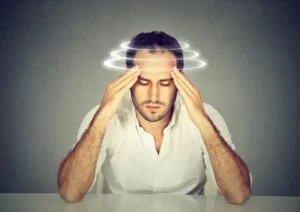
– Sensation of spinning while stationary
– Nausea or vomiting
– Unsteadiness (postural instability)
– Nystagmus
– Difficulties in walking
– Motion Sickness
Recurrent episodes in those with vertigo are common and frequently impair the quality of life. Blurred vision, difficulty in speaking, a lowered level of consciousness, and hearing loss may also occur. The signs and symptoms of vertigo can present as a persistent (insidious) onset or an episodic (sudden) onset.
- Diagnosis:
During an evaluation for vertigo, the healthcare professional may obtain a full history of the events and symptoms from the patient, which includes medications that have been taken, recent illnesses, and prior medical history. - After that, a physical examination is performed. This often involves a full neurologic exam to evaluate brain function and determine whether the vertigo is due to a central or peripheral cause.
The Dix-Hallpike test is done to try to recreate symptoms of vertigo; this test involves abruptly repositioning the patient’s head and monitoring the symptoms that might then occur. BPPV may be diagnosed with this test. - “Roll test” during which a patient lies flat and the head is rapidly moved from side to side.
If indicated, some cases of vertigo may require an MRI or CT scan of the brain or inner ears to exclude a structural problem like stroke. If hearing loss is suspected, audiometry may be ordered. Hearing loss is not seen with BPPV or other common causes of vertigo. Electronystagmography, or electrical evaluation of vertigo, can help distinguish between peripheral and central vertigo but is not routinely performed.
Treatment of Vertigo:
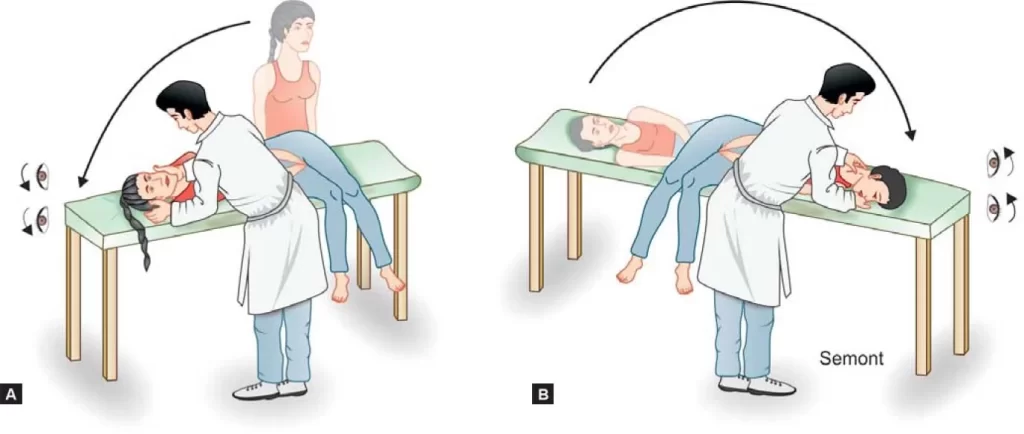
Definitive treatment depends on the underlying cause of vertigo. In many cases, vertigo goes away without any treatment. This is because your brain is able to adapt, at least in part, to the inner ear changes, relying on other mechanisms to maintain balance. But, For some, treatment is needed and may include:
Vitamin D supplementation may be beneficial for patients diagnosed with benign paroxysmal positional vertigo.
Herbal remedies such as ginger root, ginkgo biloba, and coriander may help reduce vertigo symptoms in some people. These are home remedies, so refer to your doctor before use.
- Medicine –
In some cases, medication may be given to relieve symptoms such as nausea or motion sickness associated with vertigo.
If vertigo is caused by an infection or inflammation, antibiotics or steroids may reduce swelling and cure an infection.
Commonly referred medications are: - meclizine hydrochloride (Antivert)
metoclopramie (Reglan)
odansetron (Zofran)
diazepam (Valium)
prednisone - For Meniere’s disease, diuretics (water pills) may be prescribed to reduce pressure from fluid buildup. Other than that, the patient is advised to a low-sodium diet.
In a few cases, surgery may be needed for vertigo.
Physiotherapy Treatment for Vertigo
- Physiotherapy Treatment is:
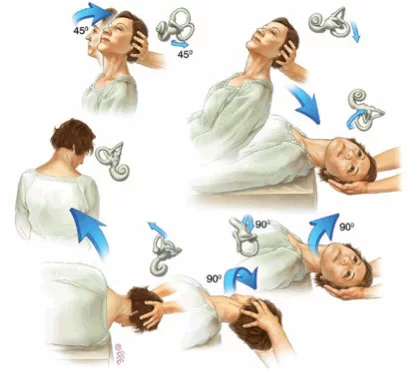
- Epley maneuvers consist of having the patient sit on the edge of a table and lie down to one side until the vertigo resolves followed by sitting up and lying down on the other side, again until vertigo ceases. This maneuver is mostly used for BPPV. This is repeated until vertigo no longer occurs. To Know More About Epley Maneuver Click Here.
2. Vestibular Rehabilitation Therapy is comprised of three main types of exercise: habituation, gaze stabilization, and balance exercises.
– Habituation exercises are used to treat people who experience dizziness as a result of damage to their vestibular system. The exercises aim to reduce the frequency and strength of the dizzy spells over time. This is accomplished by inducing light dizzy spells and gradually increasing the level of exposure, which enables the brain to get used to the stimulus, as well as build its tolerance for dizziness.
– Gaze stabilization is used for patients with nystagmus, particularly when moving their heads. This not only makes it difficult for people to see their surroundings but can lead to other issues such as headaches. Gaze stabilization exercises can help people regain more control over their eyes. One of the most common exercises for gaze stabilization is having the patient focus their eyes on a stationary object in front of them while moving their head from side to side.
This helps to separate the movement of the eyes from the movement of the head. Another exercise is for the patient to keep their head still while following an object, such as a pen, from side to side with their eyes. This helps them to move their eyes without having to move their head as well. Gaze stabilization exercise is the most common type of exercise for the treatment of vertigo.
–Balancing exercises required will depend on the stimulus that triggers the issue. People may have difficulty balancing when walking outside, inside, on elaborately patterned floors, or around obstacles. Performing tasks while standing or walking can be a major issue for people who have trouble balancing, as can moving through crowds or being surrounded by people. For this, the patient is advised to do straight walking, backward walking, and side walking in one line which improves balance and stabilization of the patient during walking and standing.
How long does vertigo last?
vertigo will usually go away on its own within 24 hours.
Attacks of vertigo due to Meniere’s disease can last from 20 minutes to 24 hours.
For patients with benign paroxysmal positional vertigo, the Epley maneuver can usually stop symptoms within a week.
Vertigo from a stroke, either due to blood vessel blockage or hemorrhage, may leave permanent damage to the brain and cause permanent vertigo symptoms.
Precautions:
- prevent injuries from falls.
- Those with risk factors for stroke should control their high blood pressure and high cholesterol and stop smoking.
- Avoid substances like caffeine, tobacco, or alcohol.
- Drink plenty of fluids.

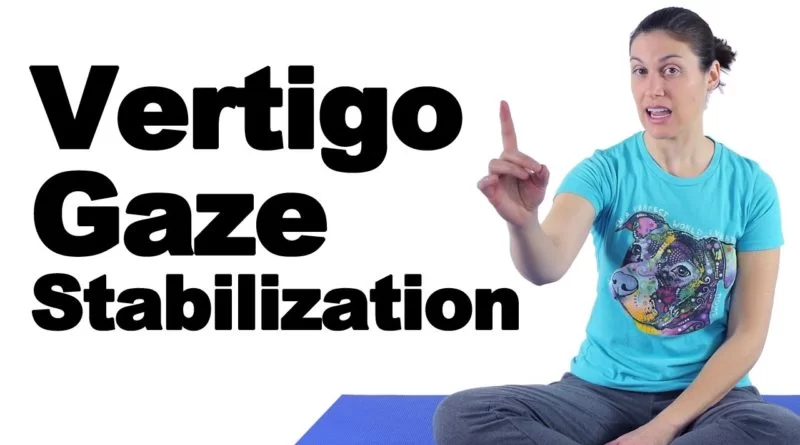
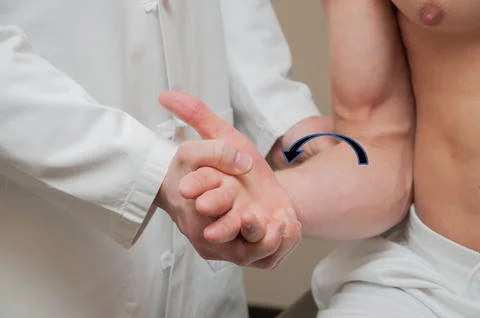
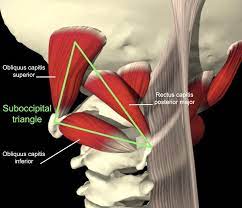
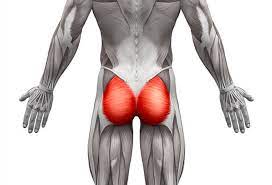
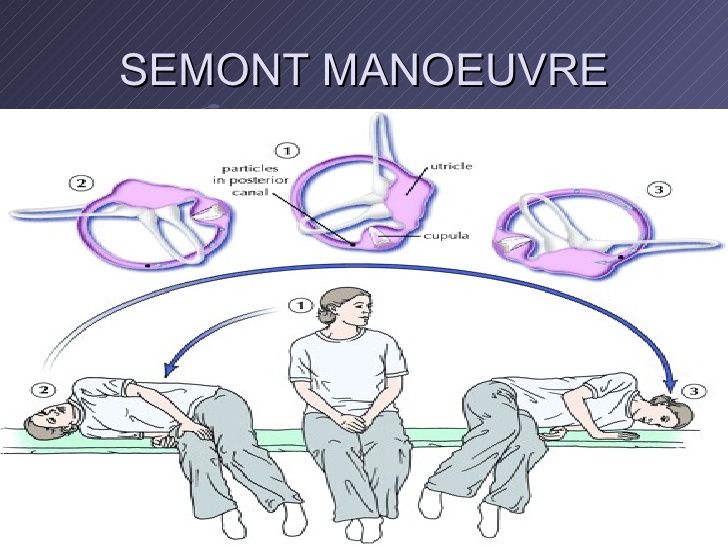
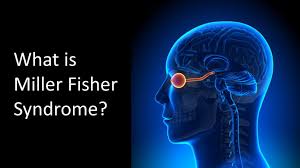
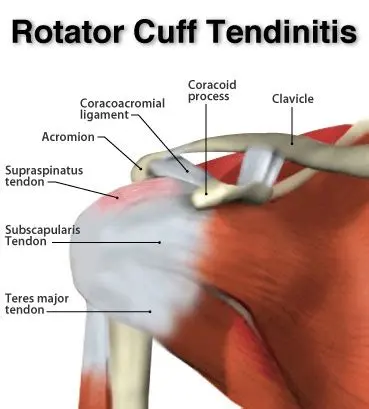
One Comment